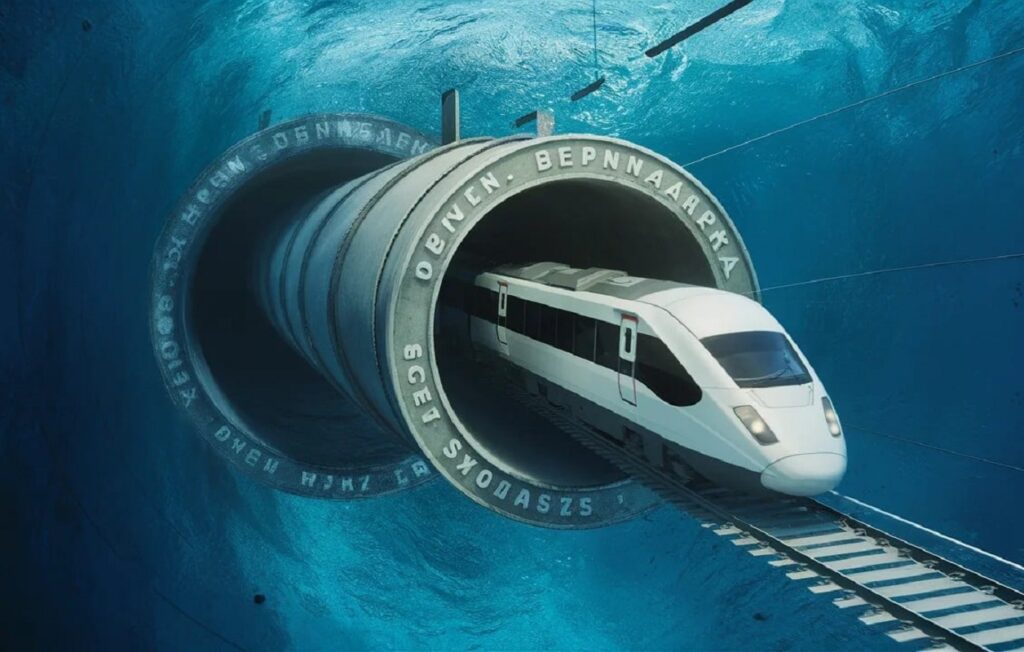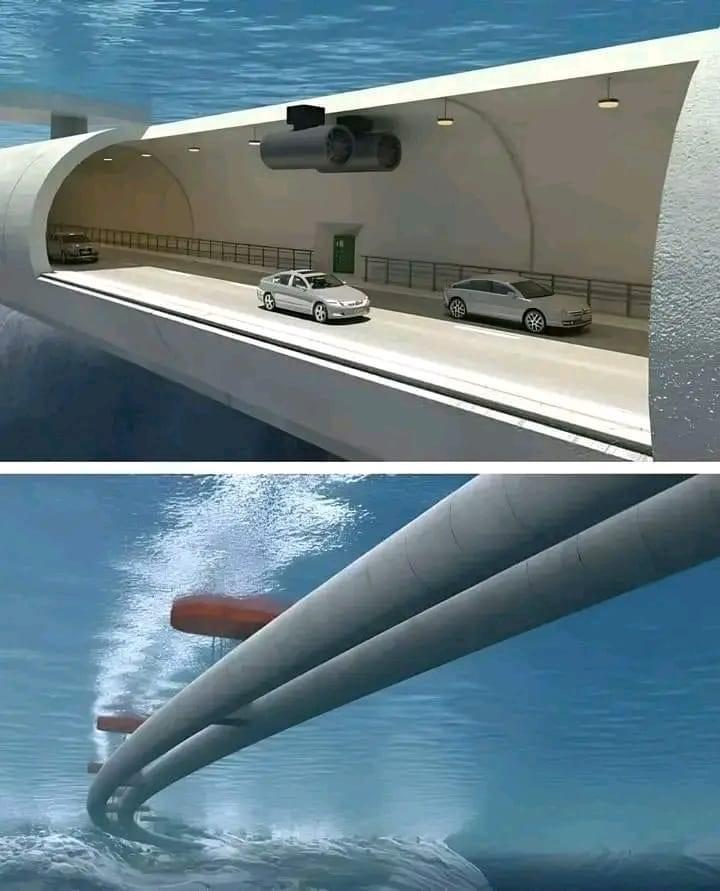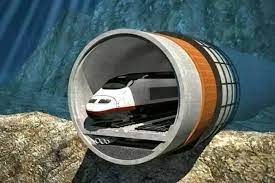A Dream Becoming Reality: Permanent Link Between Africa and Europe

The decades-long dream of a fixed link connecting Africa and Europe across the Strait of Gibraltar is being powerfully revived. This ambitious underwater tunnel project, set to link Tangier (Morocco) with Punta Paloma (Spain), represents more than just an engineering feat; it’s a profound symbol of economic and cultural integration.
Key Development: The Feasibility Study
Recent news confirms a crucial step forward: Herrenknecht Ibérica, the Spanish subsidiary of the German tunneling giant Herrenknecht, has secured the contract for the essential feasibility study. Herrenknecht is renowned globally for supplying some of the largest and most advanced Tunnel Boring Machines (TBMs) in the world.
This study is critical for assessing the technical viability, particularly focusing on the Camarinal Sill—a geologically complex underwater elevation in the strait. The study is scheduled for completion by June 2025, which will provide indispensable data for the final design of the tunnel.

Project Scale and Daunting Technical Challenges
The proposed tunnel is set to be one of the most complex infrastructure projects on the planet, with staggering technical specifications:
Length: The total length is projected to be around 38.7 km, with approximately 27.7 km situated beneath the seabed.
Depth: The tunnel is expected to reach depths of up to 475 meters below sea level, significantly deeper than the Channel Tunnel linking the UK and France.
Cost: Preliminary estimates suggest the total construction cost could range from €6 billion to €15 billion.
Design: It will initially be a twin-tube railway tunnel, designed to carry both high-speed passenger trains and freight, with potential future expansion considered.
The major engineering hurdles stem directly from the geography of the Strait of Gibraltar:
Tectonic Activity: The Strait sits directly on the convergence boundary of the Eurasian and African tectonic plates, making the region seismically active and geologically unstable.
Great Depth: While the narrowest point of the strait is shorter, its extreme depth made it unsuitable. Engineers therefore chose a longer, but shallower, route focusing on the Camarinal Sill to mitigate the depth challenge.
Currents: Extremely powerful oceanic currents between the Atlantic Ocean and the Mediterranean Sea further complicate geological exploration and deep-sea construction.
Strategic Importance and Global Impact

Though the completion date is now likely to be pushed back towards 2040 (rather than the initially hoped-for 2030 timeline), the finished tunnel will yield enormous strategic benefits:
Economic Catalyst: The tunnel will create a direct, weather-independent transport corridor, dramatically boosting trade, investment, and tourism between Europe and Africa. This will solidify Morocco’s strategic role as a gateway to the African continent.
Rail Integration: It will seamlessly connect Morocco’s growing high-speed rail network with Spain’s, potentially cutting travel time between Casablanca and Madrid to approximately 5.5 hours.
Geopolitical Symbolism: The project is a powerful testament to the diplomatic rapprochement and sustained cooperation between Madrid and Rabat, overcoming decades of political stagnation.
While the joint hosting of the 2030 FIFA World Cup by Spain, Portugal, and Morocco has provided a strong catalyst for the project’s revival, the fixed link across the Strait of Gibraltar remains a transformative, long-term infrastructure project for the 21st century.






